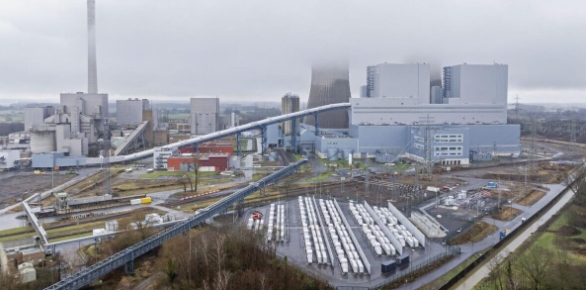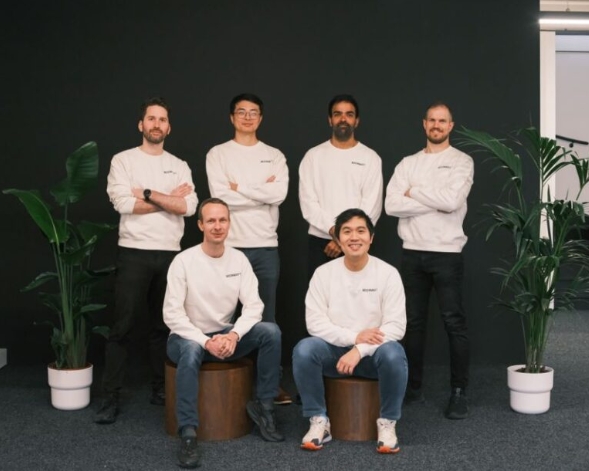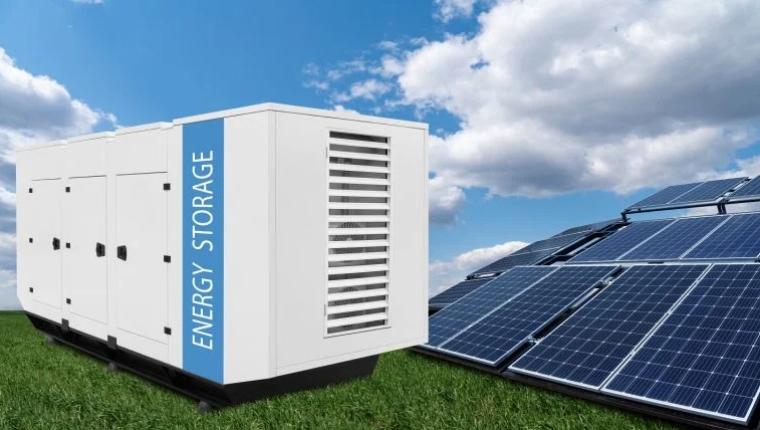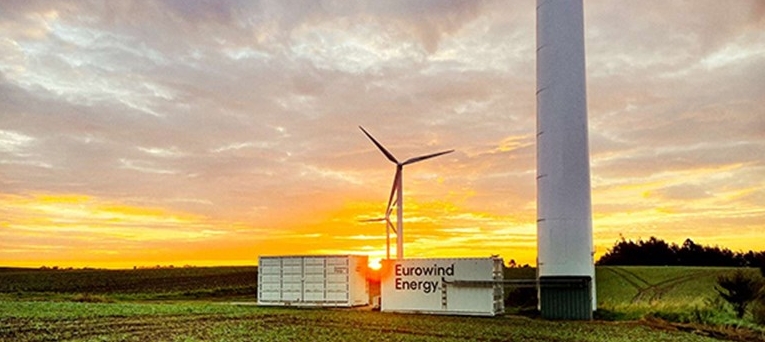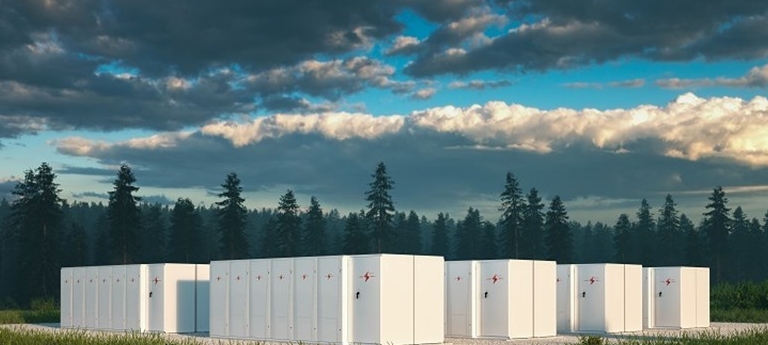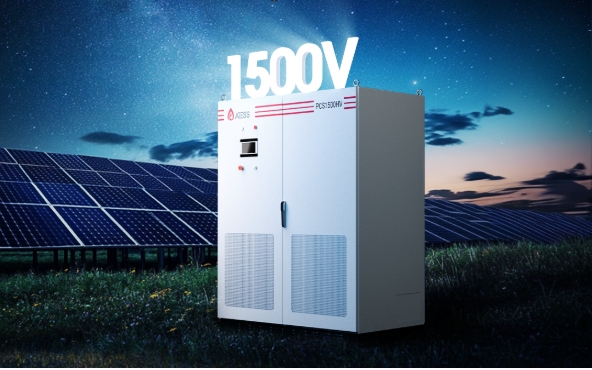PosHYdon integrates three energy systems in the Dutch North Sea: offshore wind, offshore gas and offshore hydrogen and will involve the installation of hydrogen-producing plant on the Neptune-operated Q13a platform.
Gasunie, which manages and maintains infrastructure for large-scale transport and storage of gases in the Netherlands and northern Germany, is the latest to join the PosHYdon consortium following NOGAT B.V. and Noordgastransport B.V., both owners of large gas transport pipelines in the North Sea.
“We are very pleased to welcome Gasunie as a partner. Gasunie is already working hard to accelerate the energy transition, including several hydrogen pilots on land, and have the necessary knowledge and experience with electrolysis in-house,” Lex de Groot, Managing Director of Neptune Energy in the Netherlands, said.
Now these two worlds onshore and offshore are literally connected in terms of infrastructure. The pipelines and infrastructure at sea of NOGAT and Noordgastransport are already suitable for hydrogen and that is good news as offshore production will continue to be crucial to meet Dutch energy demand.
“The Netherlands is in a special position as, in addition to an extensive gas infrastructure network, we can harvest large amounts of wind energy in the North Sea, quantities that are also important internationally. The wind energy can be used to generate hydrogen, then transport onshore along with natural gas via the existing large pipelines of NOGAT and Noordgastransport for customers in industry, the transport sector and for Dutch homes. PosHYdon is key to accelerating this,” Lex de Groot also mentioned.
“The Netherlands is in a strong position to lead the transition to a hydrogen economy. We have the North Sea for the production of wind and gas, the ports as logistics hubs, the industrial clusters that want to switch to green molecules and excellent infrastructure for transport and storage,” Han Fennema, CEO of N.V. Nederlandse Gasunie, added. “This comes together nicely in the Netherlands. If we want to achieve our climate ambitions, we must have a large-scale hydrogen infrastructure in good time. This pilot project can be an important step in the right direction,” Han Fennema said.
The PosHYdon pilot is an initiative of Nexstep, the Dutch association for decommissioning and reuse, and TNO, the Netherlands organisation for applied scientific research, in close collaboration with the industry.
Electricity generated by offshore wind turbines will be used to power the hydrogen plant on the Q13a platform, converting seawater into demineralized water, then into hydrogen via electrolysis. The aim of the pilot is to gain experience of integrating working energy systems at sea and the production of hydrogen in an offshore environment.
The Q13a is the first fully electrified platform in the Dutch North Sea, located approximately 13 kilometres off the coast of Scheveningen (The Hague).
Partners in the Q13a-A platform are: EBN B.V. (40%) and TAQA Offshore B.V. (10%).
Background
In July, 2019 Neptune Energy announced its selection for a pilot project to create the first offshore green hydrogen plant in the Dutch sector of the North Sea.
The pilot was commissioned by Nexstep, the Dutch Association for Decommissioning and Re-Use, and TNO, the Netherlands Organisation for applied scientific research, in collaboration with the industry.
The Q13a-A platform is well-suited for the project; as the first fully electrified offshore oil platform in the Dutch North Sea, it saves approximately 16.5 kilotonnes of CO2 per year. This is the equivalent of 115,500 flights from Amsterdam to Paris.
The platform will convert seawater to demineralised water and use green electricity to produce hydrogen. Due to begin production later in 2021, the pilot will provide the participants with the opportunity to develop their experience of producing hydrogen in an offshore environment.
The pilot is a spin-off of the North Sea Energy program, a public-private research consortium of more than 30 parties from the energy value chain. The aim of the program is to develop relevant knowledge to progress potential opportunities and make the right choices for the future in such way that they lead to a new, flexible and integrated energy system after 2030. With smart connections between current and future forms of energy production in the North Sea, integrated energy systems can help society make time, cost and space savings and reduce CO2 emissions. The North Sea Energy program aims to make best use the synergy advantages arising from integration of existing and new energy systems.
